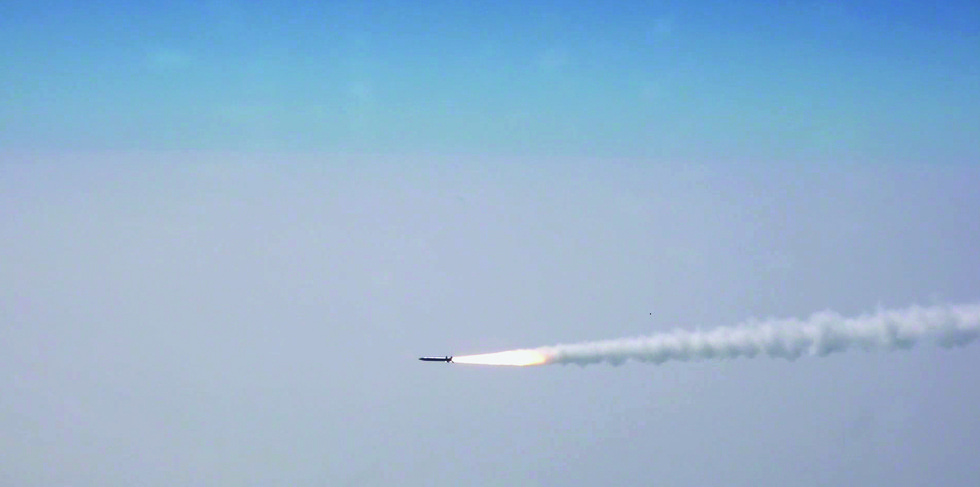About RudraM-II Missile:
- It is an indigenously-developed solid-propelled air-launched missile system.
- It is meant for Air-to-Surface role to neutralise many types of enemy assets.
- It is designed to have a strike range of almost 350-km, from a Sukhoi-30MKI fighter of the IAF.
- It involves several state-of-the-art indigenous technologies developed by various DRDO laboratories that have been incorporated into the missile system.
RudraM series missiles
- The DRDO is developing these as new-generation anti-radiation missiles (NGARMs) for destroying a variety of enemy surveillance, communication, radars and command and control centers on the ground.
- The 150-km range RudraM-I missile, with INS-GPS navigation with a passive homing head for the final attack, was first tested in Oct 2020.
- The missiles are meant for suppression of enemy air defences (SEAD) from long stand-off ranges, which in turn will enable IAF strike aircraft to carry out bombing missions without hindrance.
What is an anti-radiation missile?
- These are designed to detect, track and neutralise the adversary’s radar, communication assets and other radio frequency sources, which are generally part of their air defence systems.
- Such a missile’s navigation mechanism comprises
- Inertial navigation system: A computerised mechanism that uses changes in the object’s own position — coupled with GPS, which is satellite-based.
- Passive homing head: A system that can detect, classify and engage targets (radio frequency sources in this case) over a wide band of frequencies as programmed.
